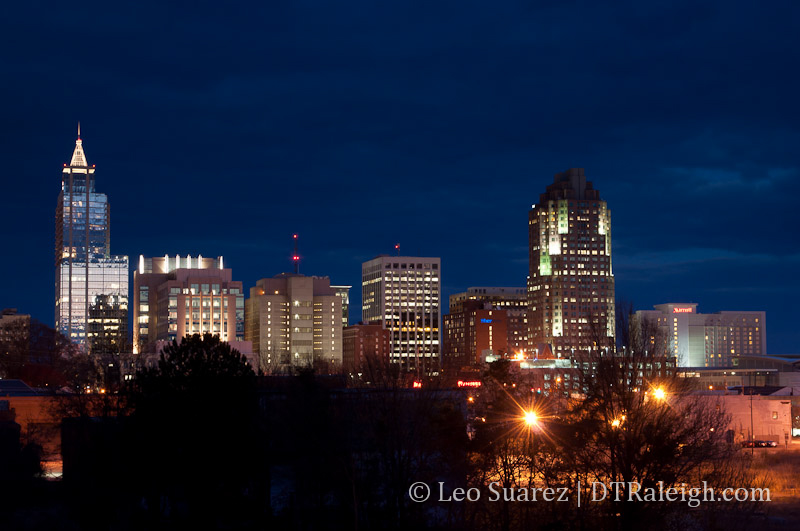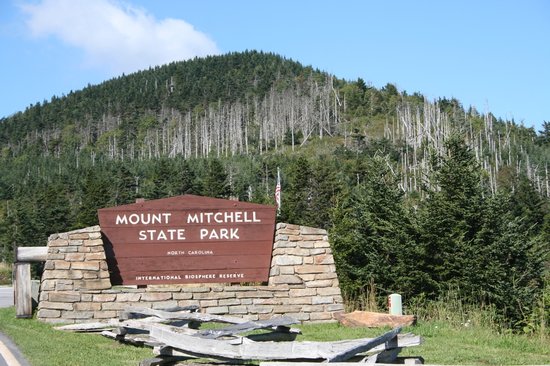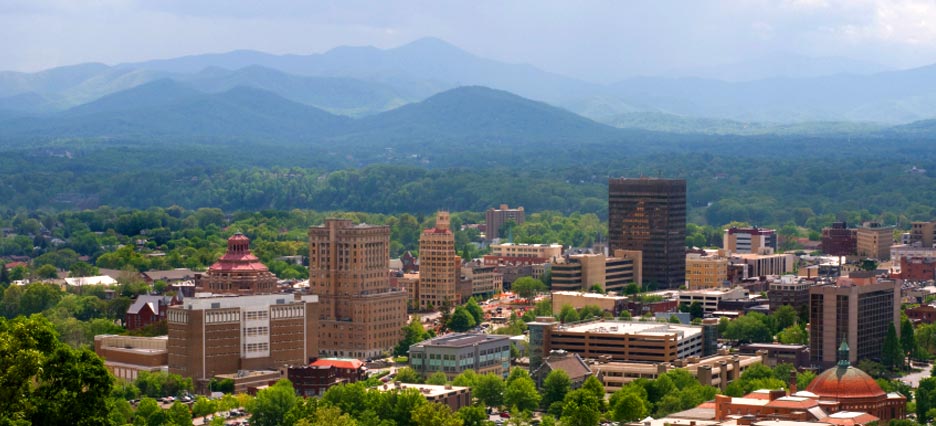This past weekend, my husband and I went for a long weekend to Brevard, NC. It's a great town to explore with lots of options of outdoor activities, but also close to Asheville and Greenville if you want more "big city" adventure. Brevard is in Transylvania County--also known as the "land of waterfalls" and home of the white squirrels--we saw 2 white squirrels! We always love to go to the mountains and sit in a cabin and hike--and nothing more. We don't go out to eat, but instead bring all the food we'll eat and grill. I had heard about a great hike on websites and travel books called the "Pink Beds Loop" in Pisgah National Forest. Pisgah's "home base" is in Transylvania county and is a great place to go for all ages! They offer a lot of activities, such as fishing, hiking, waterfall hunting, wildlife observation. And all of this is offered on a variety of skill/active level. It's also right off of HWY 276 which is a gorgeous winding mountain road that can take you to the Blue Ridge Parkway. I had heard the Pink Beds Loop is a great hike because it's fairly easy, but has the option to be a long hike (6+ miles), so it's good for people who enjoy long half-day hikes, but don't necessarily desire to climb thousands of feet in less than a mile....
I'm going to take you on a picture journey of the Pink Beds Loop and describe what makes this place so wonderful, but before we go that far--I HIGHLY recommend visiting the Ranger Station in Pisgah National Forest off HWY 276. The staff were so helpful to us--gave us a range of hiking options to choose from WITH maps, described the hikes and any obstacles and even shared a few secrets with us!
To start, you go up HWY 276, past the Cradle of Forestry museum to the Pink Beds Loop picnic area seen here.
We had our lunch there and it was beautiful and peaceful. This area is called the Cradle of Forestry in America, because back in the 1800s this was where modern forestry techniques were put into practice and a school was created to help teach people how to use one of the best resources God has given us, lumber--but how to manage it in a way that was least destructive to wildlife and helped forests to return and not die off. Therefore you get these random small fields in the midst of the wooded trail. Here's me eating my picnic lunch:
A creek ran through most of the Pink Beds Loop. This creek plays an integral part of the last portion of the trail.
The first bit of the hike was varied, as you'd walk through a forest, then come out of it into a field. Lots of butterflies were hanging out in these areas.
Parts of the hike were absolutely breathtaking--you really thought you were in another word--completely surrounded by wildlife, the rhododendron and mountain laurel hung over you in a very mysterious way. As me and my husband say, it's like we're walking to Hobbiton or Narnia or something...
And then you got to these awesome areas--actually real-live fern gullies--or more like fern forests. The entire floor bed of the forest was covered in ferns in some areas, even at 1pm when we were in the thick of hiking, there was a foggy mist in the air as if dawn had just broken.
I had heard the trail could be very swampy and muddy, so much that you would have to wade through water at points--this is where the Ranger was so helpful. He said at certain times of the year the Pink Beds Loop is a muddy mess, but at this time of year it was perfect (though I was still glad in certain areas I had my hiking boots on and not just my every-day tennis shoes). Recently made a lot of improvements especially at the latter part of the loop that made the trail possible.

So the Pink Beds loop is a loop that is intersected by the Brushy Branch trail (it may not be Brushy--but it's something with a B and it's Blue Blazed). If you are not up for a long hike, you can turn right onto the Branch trail and cut the Pink Beds Loop in half. OR if you want to add a mile or two onto your loop, you do what we did--and what the Ranger suggested we do.--you turn Left onto the Branch trail and suddenly you start a very small, but steady incline. This incline continues until you get to a service road. Cross the service road and you find what looks like the rest of the Branch trail and you continue on up. Suddenly the forest is dark, and frogs, crickets and all sorts of wildlife sounds can be heard--the forest becomes so dark, dank and think that you wonder if a storm is approaching. Pink Beds is a fairly "bright" trail at points, especially with the random fields, so this is a total contrast. The whole point of this dark woody adventure is to get to the "Secret" falls. A gorgeous, tall but trickling waterfall hidden in the mountains.


Transylvania County being Waterfall country means they advertise about 50+ of their waterfalls on maps. These waterfalls and the trails that lead to them can often be crowded. Though it's worth it to go waterfall hunting even for the most popular of waterfalls---it's very special to find your own secret waterfall. (Even if the ranger tells everyone about this waterfall, it doesn't lose it's charm when you are there all alone with the crickets and the wind and the water.)
(I'm hoping this video will work.)
The forest was green and thick near the falls.
So we re-traced our steps and walked back the branch trail to the Pink Beds Loop and turned left on the loop trail to continue on. This is one of the best things about this trail--let's say you did hike to the Secret Falls and decided you were a little tired after the incline, you can retrace your steps back to the parking lot, or take the branch trail short cut to the end of the loop trail and still see a lot. We however, wanted to do the whole loop--so we did.
This was just a neato tree that had been demolished by termites.
The most bizarre thing about the Pink Beds Loop is that it's really a mountain swamp. It's a flat trail that follows a creek bed--but the creek has been recently dammed up by Beavers and completely changed part of the landscape. It's very interesting to think that this area is known as the Cradle of Forestry and was a place for humans to practice forestry techniques, and 100 years later--Beavers are doing the same thing.
Near the Beaver Dam and Swamp area, it was quite bright and warm--very different from near the falls.
Below is a picture of the board walk over the swamp. Without this, you would half to tread waist deep water.
I love how they keep it pretty wild still.
Lots of cool rocks near this part of the trail. This was the only part of the Pink Beds Loop that had a bit of a inclined hike--but it was still very easy.
Here's a picture of the boardwalk over the swamp.
Below is a great picture of the Beaver dam and how it's completely altered the landscape. This looks like something you'd see east of I-95 in North and South Carolina, not something in the middle of the Blue Ridge mountains....
So this is something I've done that I really suggest to all of you that find yourself in Brevard, NC. Even if you don't want to hike, it's worth it to travel through Pisgah National Forest and discover the White Squirrels and waterfalls and see how our mountain forests used to look, how we've changed them, and how wildlife has changed them.


















































.jpg)






